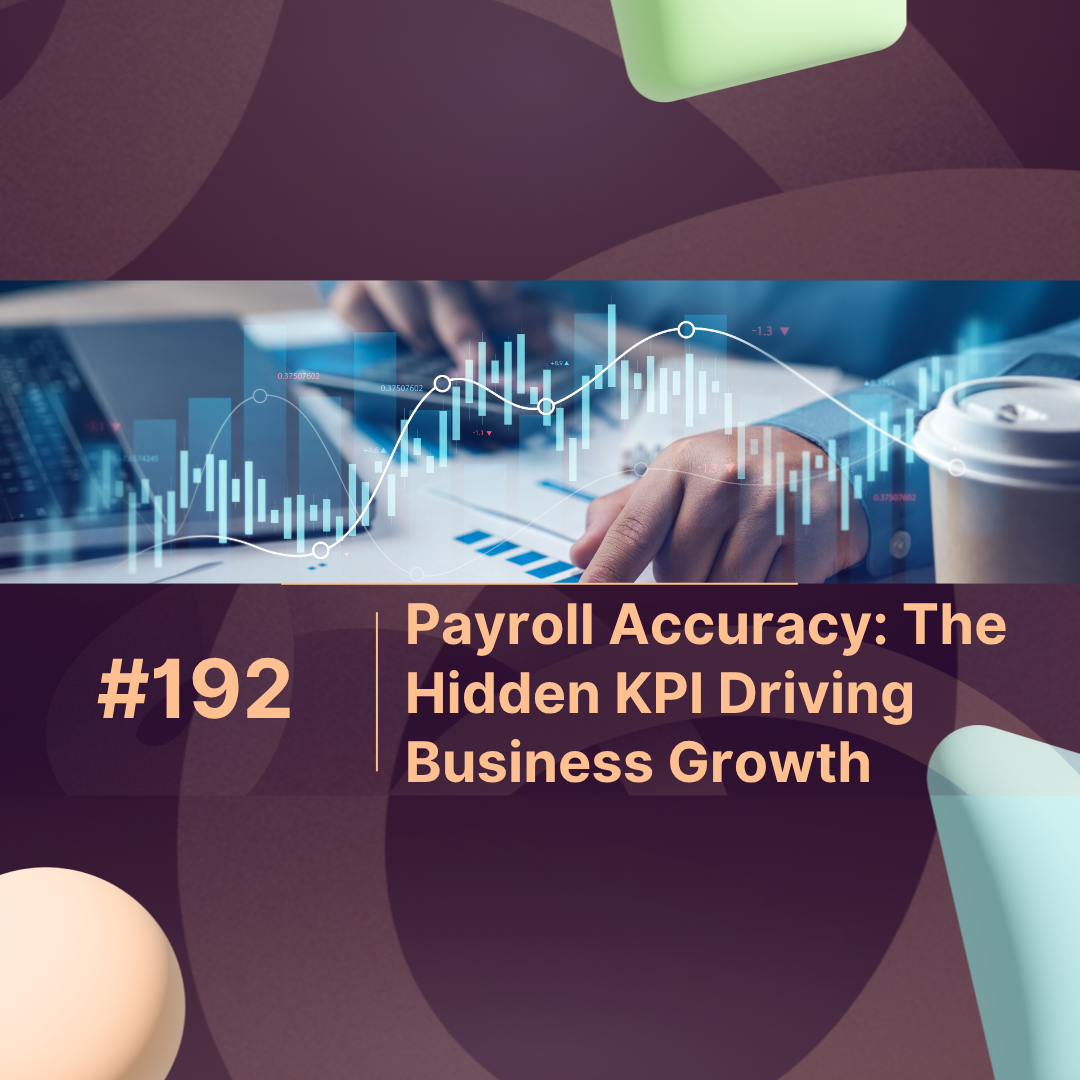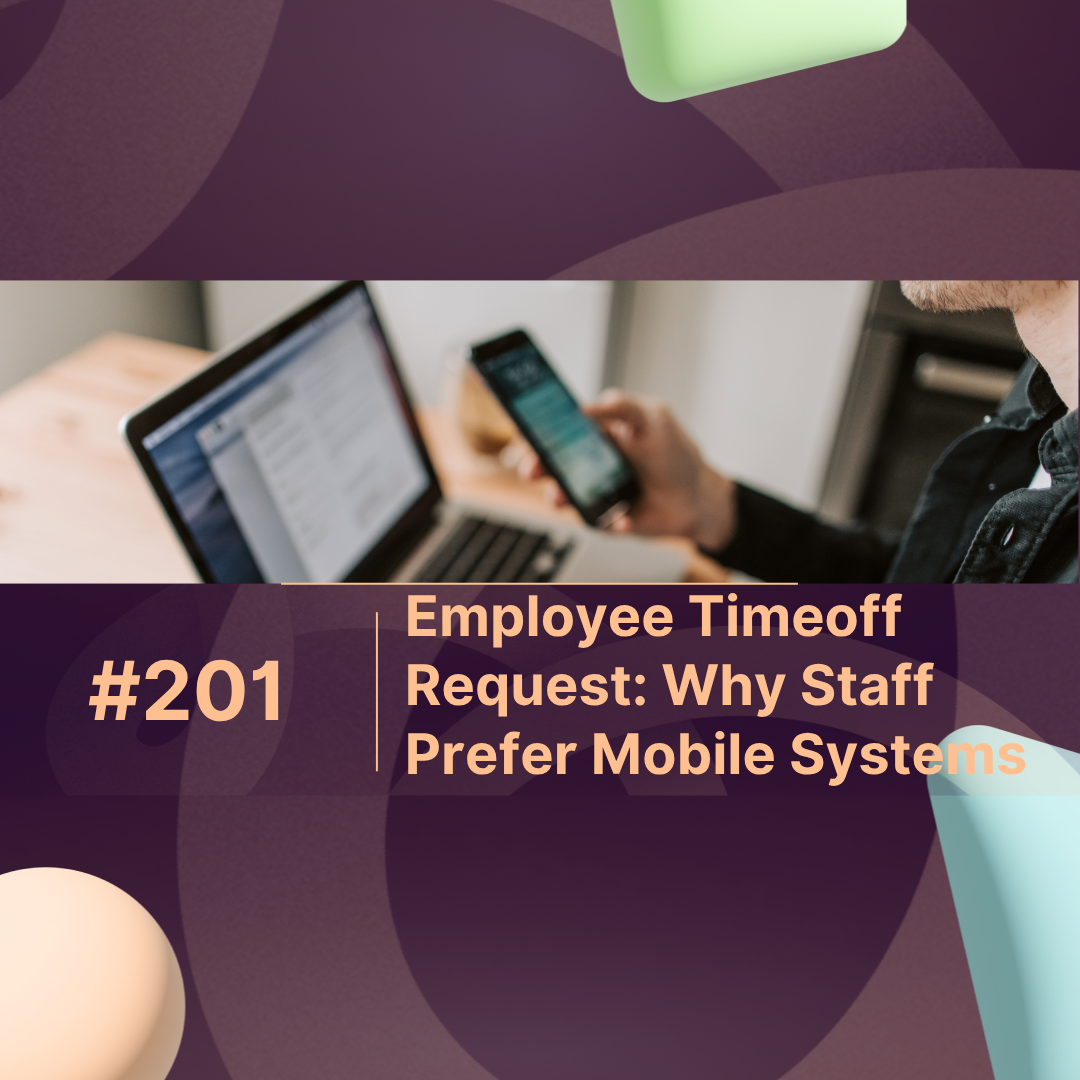Overview
Payroll Accuracy isn’t just about paying employees correctly it’s a silent growth driver influencing compliance, morale, and profitability. In today’s data-driven HR landscape, accurate payroll systems define organizational trust, brand reputation, and operational efficiency.
What Is Payroll Accuracy (and Why Does It Matter)?
Payroll Accuracy measures how precisely a company calculates and delivers employee compensation without errors or delays. Even a 1% discrepancy can ripple through compliance reports, tax filings, and workforce satisfaction.
According to HR Benchmark 2025, organizations maintaining over 99% payroll accuracy report 22% higher employee retention and 15% lower compliance costs.
In contrast, a 2% payroll error rate can reduce engagement scores by 8–10 points, directly affecting productivity.
Why Payroll Accuracy Is a Hidden KPI for Growth
Most businesses track revenue, profit, and churn — but few recognize payroll precision as a growth KPI. Yet payroll errors have measurable financial and cultural consequences.
| Metric | High Accuracy (≥99%) | Low Accuracy (<95%) |
|---|---|---|
| Employee Retention | +22% improvement | −14% drop |
| Compliance Costs | −15% reduction | +18% increase |
| Productivity Index | +9% | −7% |
| Payroll Processing Time | 1.2 days avg. | 3.5 days avg. |
(Source: MaxHR internal HR performance study, 2025)
When payroll runs smoothly, employees trust leadership — and trust fuels productivity. Companies like MaxHR, known for their AI-driven payroll systems, integrate real-time validation to flag anomalies before payouts, ensuring near-perfect accuracy every cycle.
Top Benefits of Payroll Accuracy
-
Improved Employee Experience
Timely and error-free pay builds confidence. Employees spend less time resolving disputes and more time focusing on their work. -
Regulatory Compliance
Precise payroll management avoids fines and audits. In 2024 alone, the IRS issued over $5.2 billion in payroll-related penalties — most caused by calculation mistakes. -
Enhanced Financial Forecasting
Accurate payroll data provides clear visibility into labor costs, improving forecasting and strategic planning. -
Stronger Employer Brand
Transparency in compensation enhances employer reputation. Platforms like Glassdoor consistently show higher ratings for companies known for consistent payroll accuracy.
How to Improve Payroll Accuracy in 2025
1. Automate with AI and Cloud Payroll Tools
AI automation minimizes manual input errors. Cloud HR suites such as MaxHR, Gusto, or ADP automatically sync employee data, taxes, and benefits, maintaining precision across jurisdictions.
2. Conduct Regular Payroll Audits
Quarterly or monthly audits detect discrepancies early. Compare employee timesheets, benefits, and tax data to ensure all adjustments are reflected accurately.
3. Centralize Employee Data
Integrate HR, finance, and time-tracking systems to maintain data consistency. Centralized data management can boost payroll accuracy by up to 25%, according to a Semrush x HRTech 2025 study.
4. Train Payroll Teams Continuously
Even the most advanced tools need skilled operators. Regular training ensures your HR teams understand legislative updates and system workflows.
5. Use Real-Time Validation
Modern payroll systems now flag unusual salary variations before finalizing pay runs. This proactive approach helps prevent accidental overpayments and compliance risks.
The ROI of Payroll Accuracy
Payroll accuracy directly correlates with financial and cultural performance. Studies show that organizations investing in high-accuracy payroll systems see ROI within 6–9 months, primarily from time savings and reduced penalties.
| Factor | ROI Impact (%) | Notes |
|---|---|---|
| Error Reduction | 35% | Fewer disputes & reprocessing costs |
| Compliance Savings | 20% | Avoidance of fines & late fees |
| Employee Productivity | 25% | Improved satisfaction & retention |
| Payroll Efficiency | 15% | Faster cycles, fewer manual checks |
How MaxHR Uses Payroll Accuracy as a Competitive Edge

MaxHR’s integrated payroll engine uses AI anomaly detection to achieve 99.8% payroll accuracy across 50,000+ employees worldwide. Their system automatically cross-verifies attendance, benefits, and compliance data reducing audit time by 40%.
This commitment not only minimizes risk but also positions MaxHR as a benchmark for HR digital transformation.
See how MaxHR ensures 100% payroll accuracy — Book a free demo
Conclusion
Payroll Accuracy may not appear in boardroom dashboards, but it’s the invisible KPI that powers business growth. From reducing compliance risks to boosting morale, accurate payroll builds trust and trust drives performance.
Companies that invest in intelligent payroll automation and auditing (like MaxHR) gain a sustainable competitive edge in both productivity and employer reputation.
FAQs About Payroll Accuracy
1. What is considered a good payroll accuracy rate?
A payroll accuracy rate above 99% is considered excellent. It means fewer than 1 error per 100 transactions — the gold standard for compliance and employee trust.
2. How do payroll errors affect business performance?
Payroll errors can cause compliance fines, tax penalties, employee dissatisfaction, and turnover — all of which increase operational costs.
3. Which tools improve payroll accuracy?
AI-based tools like MaxHR, Gusto, and ADP streamline payroll workflows, automatically check data integrity, and ensure on-time, compliant payments.
4. How often should a company audit payroll?
Experts recommend auditing payroll quarterly for small businesses and monthly for large organizations to maintain precision.
5. Can payroll accuracy influence company reputation?
Yes. Payroll errors can erode trust both internally and externally. High payroll accuracy, however, boosts employer branding and employee loyalty.



